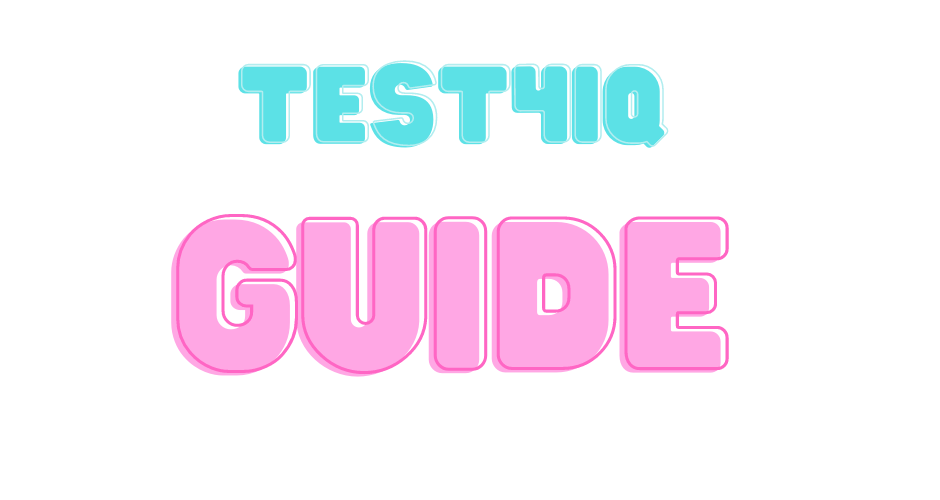Four of them risk not passing the licensing requirements
Updated 10:33 | Posted at 10:25 AM
The recession, the level of terrorist threat, electricity prices, interest rates and inflation are a concern for SHL clubs.
This is what the auditing and consulting firm EY stated in its annual financial report for the league.
“These are factors that could indirectly impact the clubs’ ability to meet licensing requirements in the future,” the company wrote in the analysis.
Four of the SHL clubs currently appear unable to meet the new licensing requirements that apply from 2025.
It concerns Timrå (five percent), Linköping (six percent), Malmo (seven percent) and Örebro (eight percent), which need to reach ten percent of the club’s total turnover in shares.
Rögle can also be seen in the danger zone with an 11 percent level at the moment.
“I’ve never been under more pressure”
In the past two years, the licensing committee of the Swedish Ice Hockey Federation chose to waive the equality requirement due to the Corona pandemic.
As of last season, a new model has been introduced with a percentage requirement that is gradually increased and in 2025 it will be ten percent.
We believe that the pressure on clubs to perform financially has probably never been greater than it is today. The Corona pandemic has imposed severe pressure on the financial stability of clubs. Clubs that cannot meet equity requirements today under the new model should already be thinking ahead now to be able to retain their elite licences, says Carlos Esterling, head of sports business services at EY.
The 2023 requirement of 5% meets all clubs, and the 2024 requirement of 8% does not meet the three worst clubs above.
The terrorist threat affects the economy
The fact that the terrorist threat level has been raised from three to four will have implications for clubs in the future.

The organizers are responsible for security and will now search all spectators and enforce a ban on the entry of larger bags.
– An increased risk of terrorism in Sweden could severely impact the sport financially and be costly for clubs. Then we also have the factor of uncertainty and the fact that fans may now hesitate if they want to go to matches as long as the increased threat is prevalent. “There is a risk that the good audience development we achieved with record attendance in last year’s hockey season will now decline and thus impact financially,” says Carlos Easterling.
Worry as during the pandemic
The financial result of the 2022/2023 SHL season is better than the previous one.
Thank you very much for the various support measures and the fact that the audience is back after the pandemic.
The seminal series broke a new audience record with a total audience of nearly 2.2 million viewers.
– Although there is a large audience and a generally high occupancy rate in most arenas across Sweden, we face concerns about stagnation. Which also worries clubs in a similar way to the uncertainty during the pandemic years, says Carlos Esterling.
Less profit than before
Seven of the 14 clubs reported a negative operating result, with a negative total of SEK 49.9 million, better than the previous season.
The clubs generally make lower profits than the previous year, and the total result including support and contributions is more than SEK 31.5 million.
Footnote: The 14 clubs from last season were analysed, i.e. Brynas who will now play in Hockeyallsvenskan instead of this season’s newcomer Modo.

